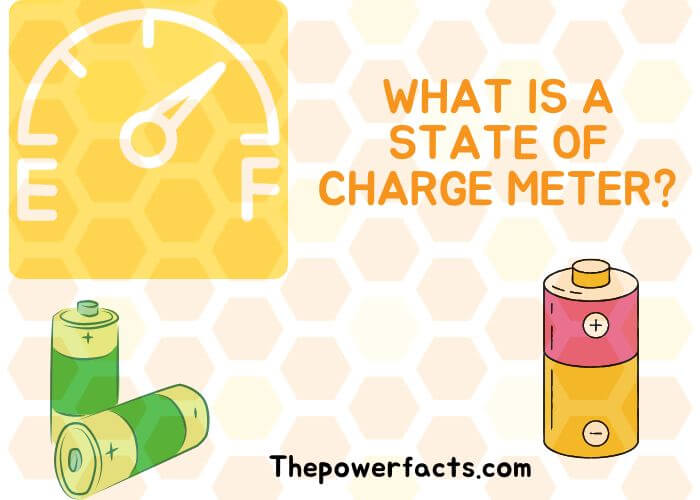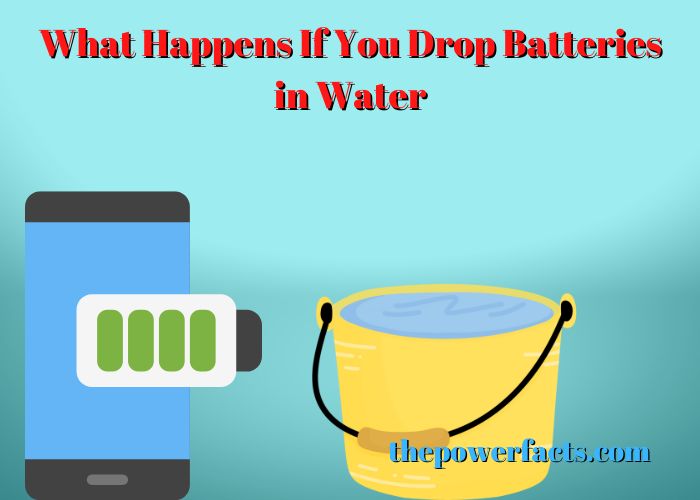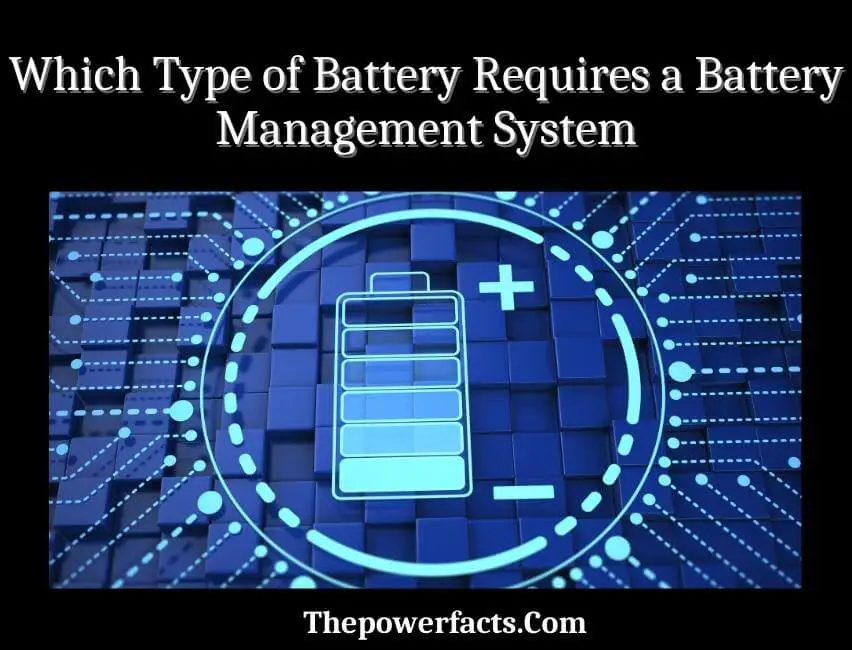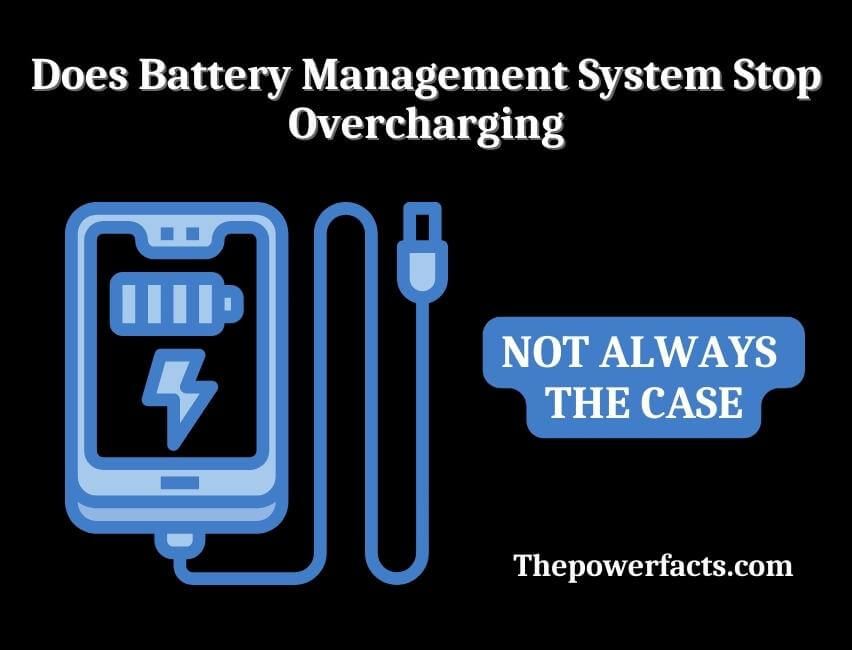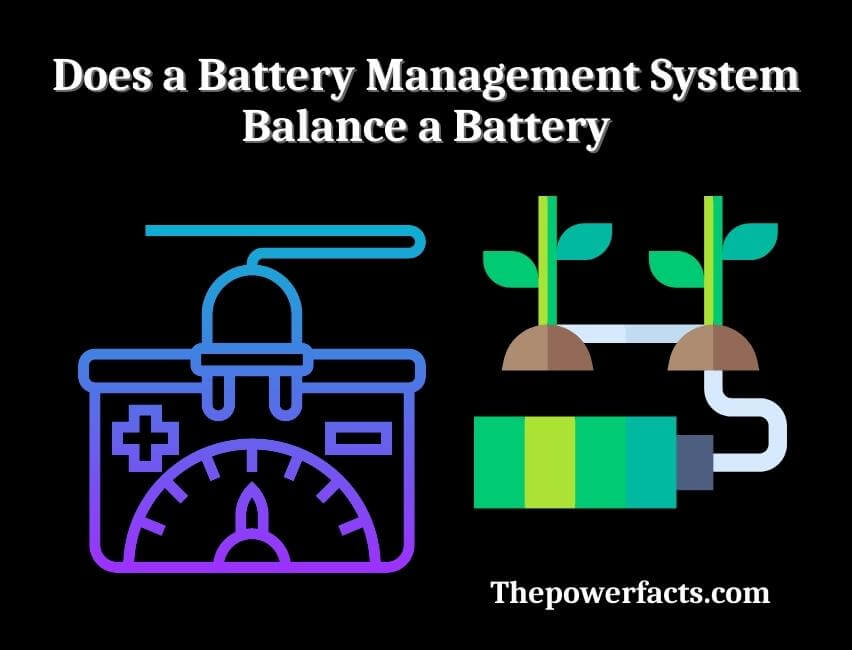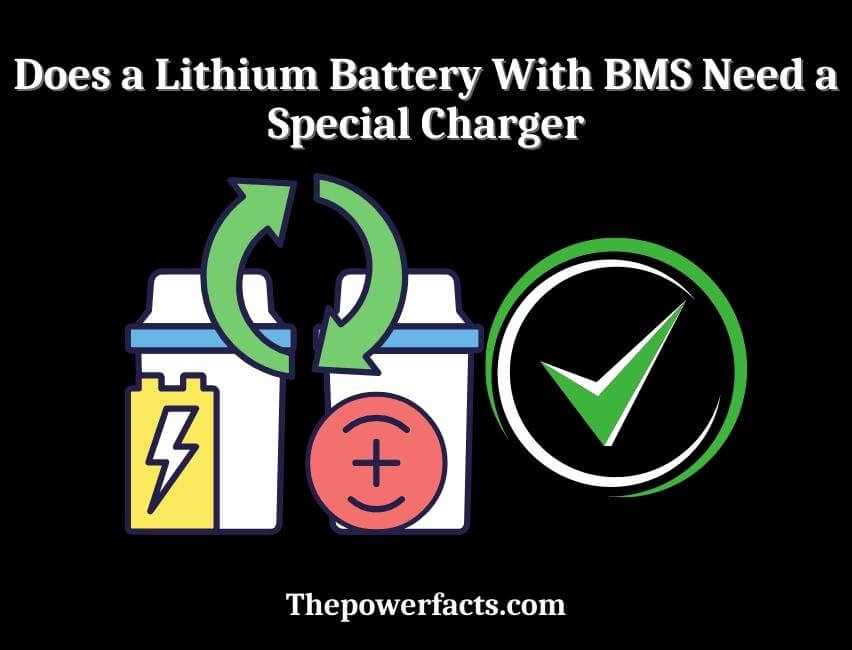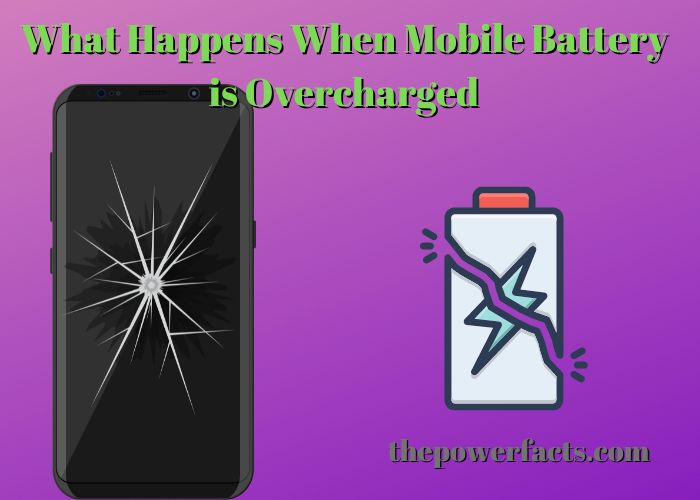What is the Purpose of a Protection Device in an Electrical Circuit?
The purpose of a protection device in an electrical circuit is to detect a fault condition and, by interrupting continuity, to eliminate the possibility of fire or shock. Fuses and circuit breakers are the two most common types of protection devices. The purpose of a protection device, such as a fuse or circuit breaker, is …

